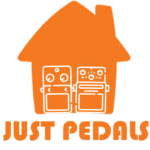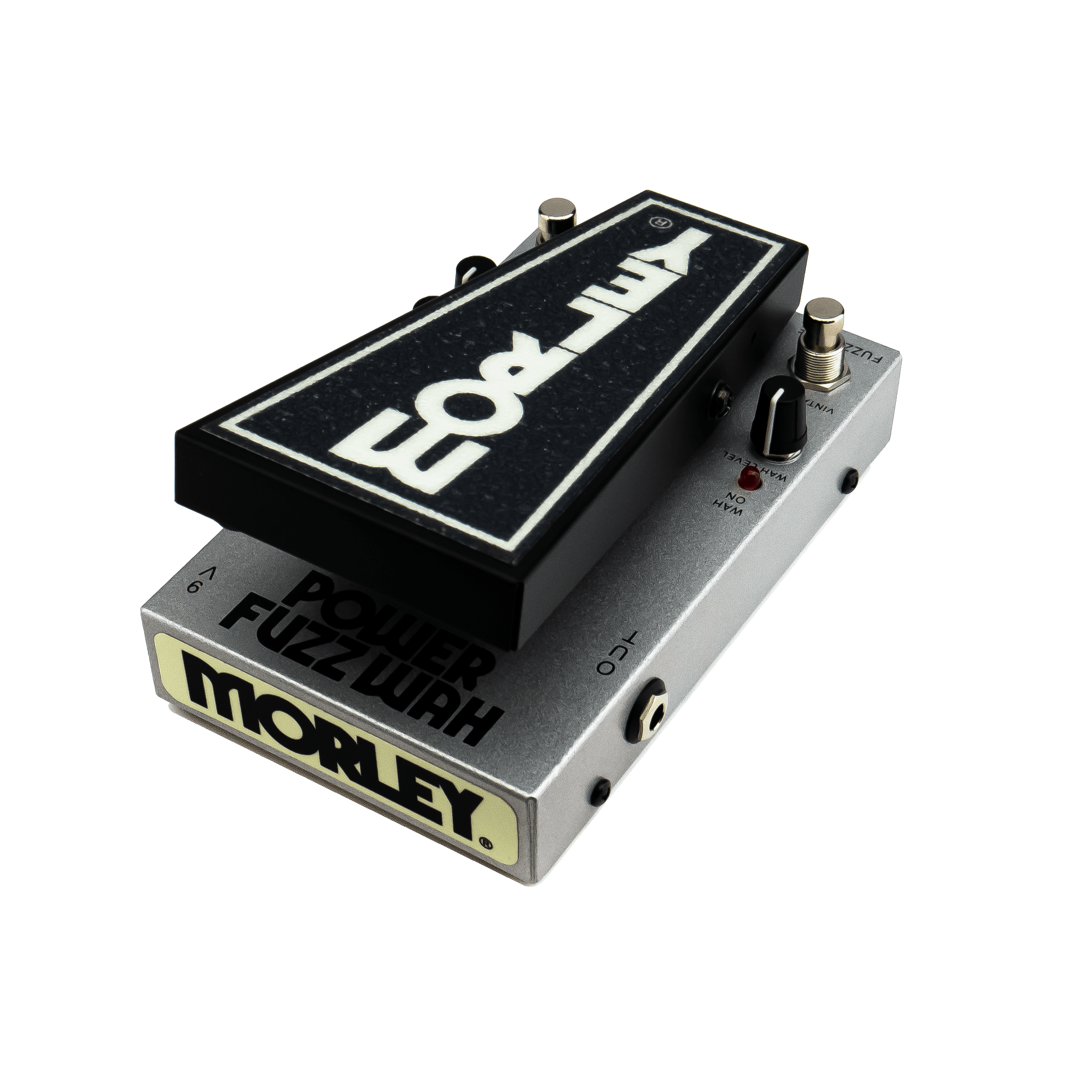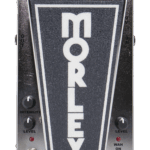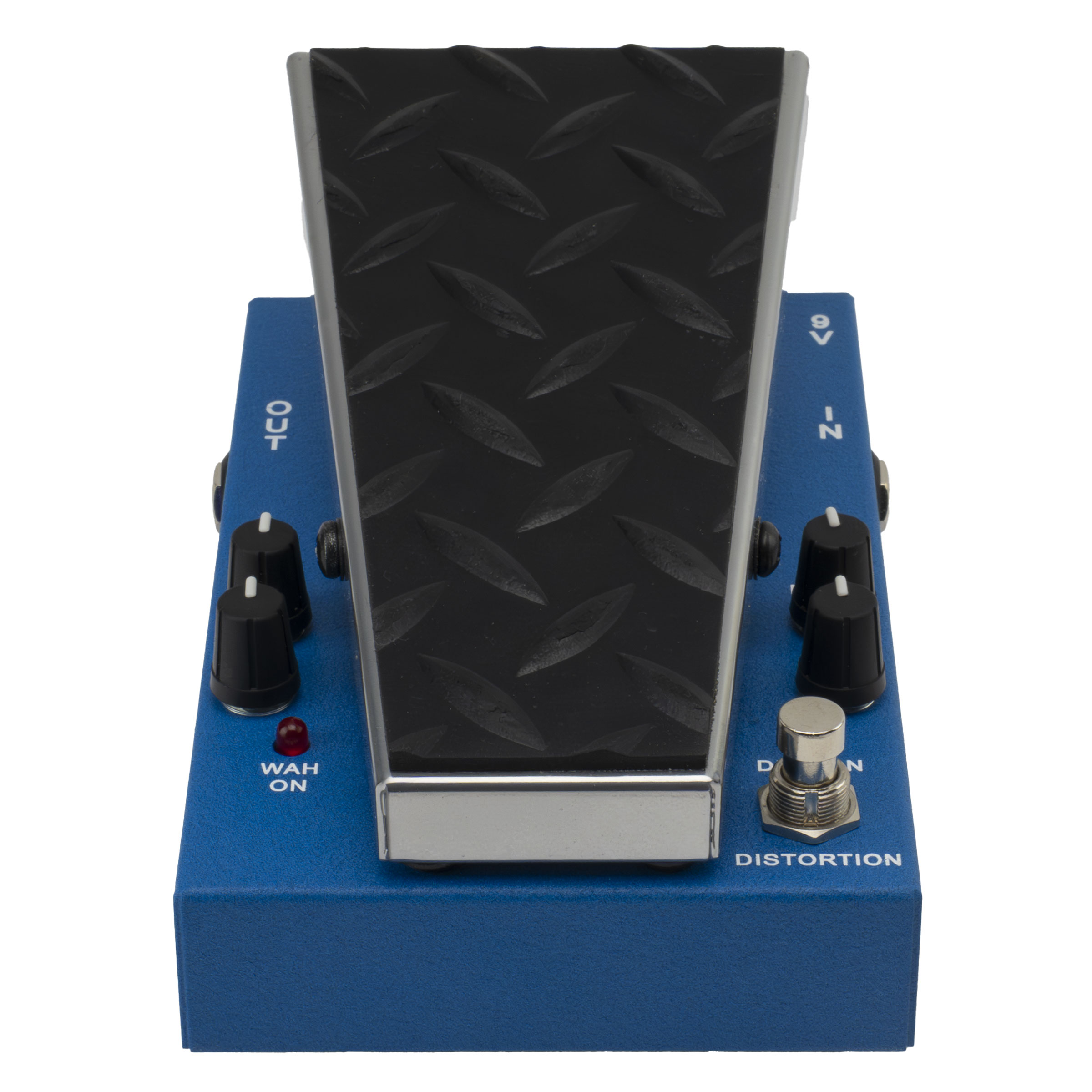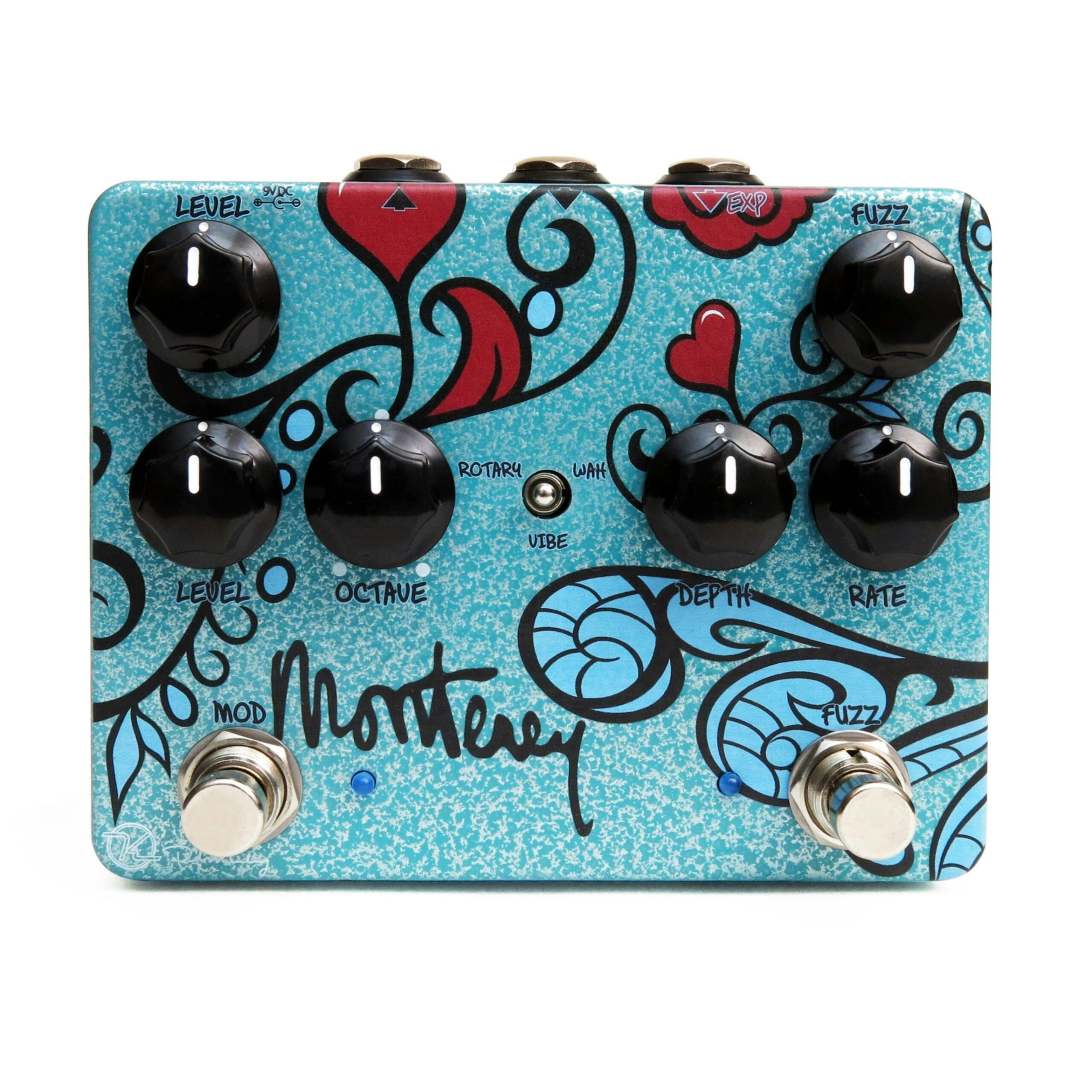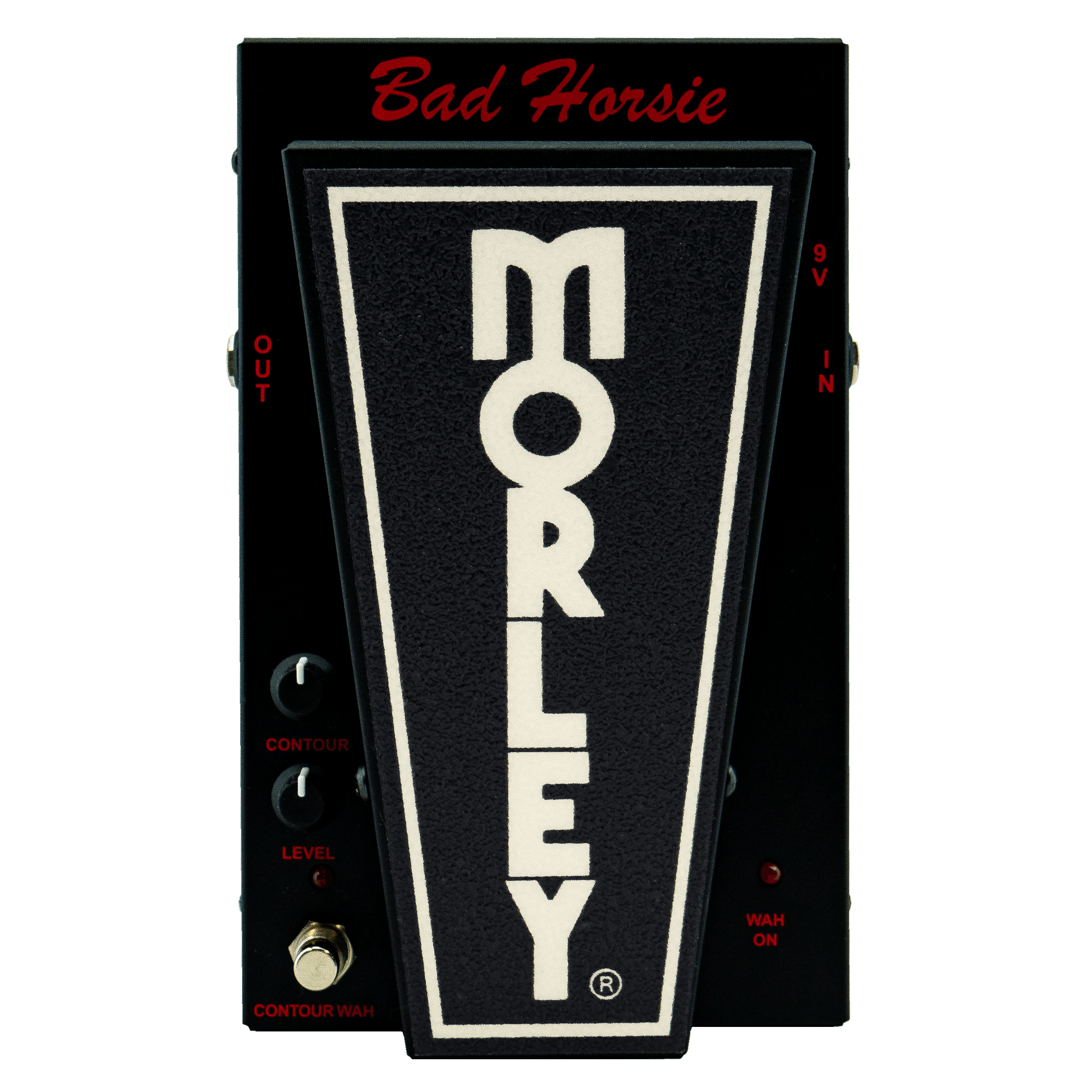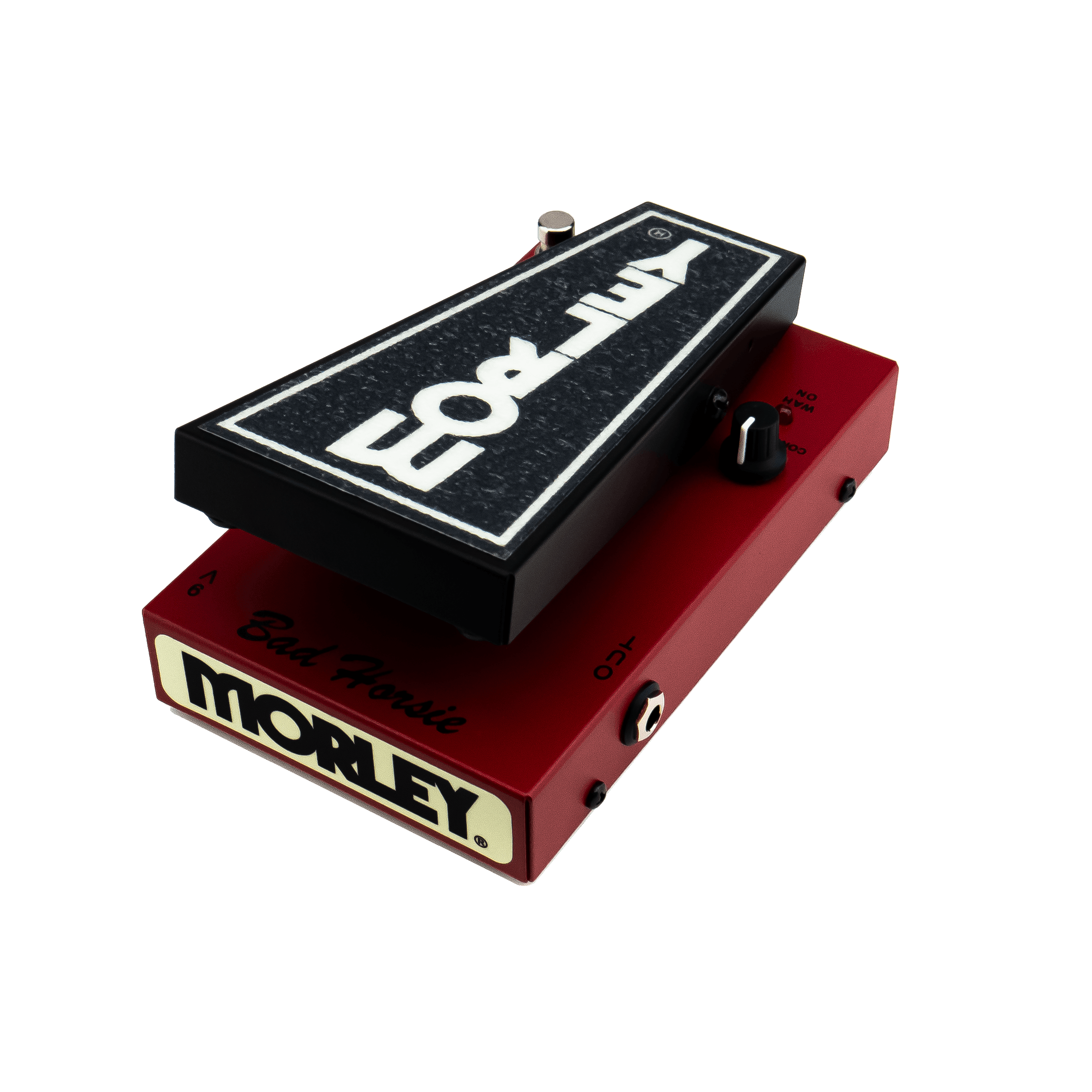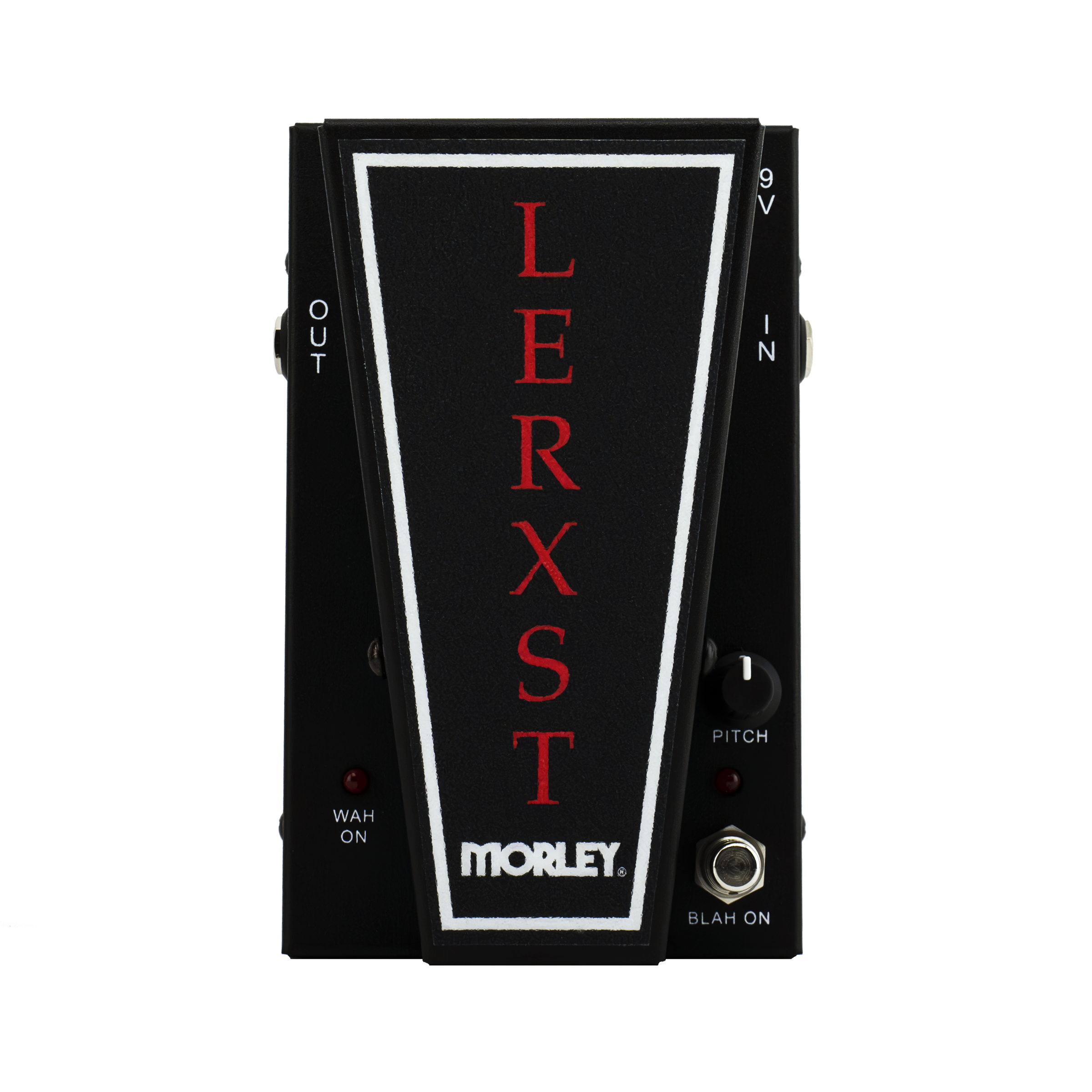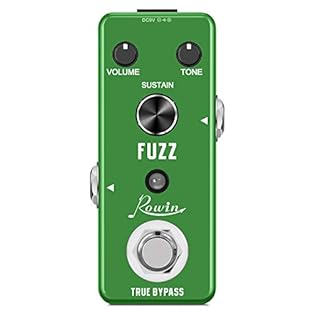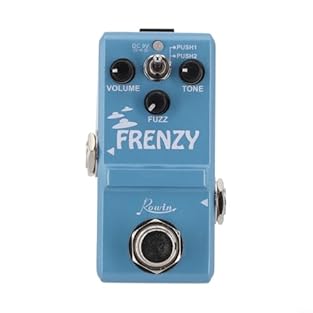Tasty Pedals made by Morley
Morley is a well-known manufacturer of guitar effects pedals, especially renowned for their optical wah and volume pedals. Their products are known for durability and unique features like the Electro-Optical design, which eliminates the need for traditional pots, making the pedals more reliable and longer-lasting. Morley offers a range of pedals including wahs, fuzz, distortion, and multi-effects pedals. One of their iconic products is the Power Fuzz Wah, which combines a fuzz circuit and a wah pedal in one unit, giving musicians a powerful sound and a wide frequency sweep. Their pedals are designed for guitar, bass, and even keyboard players.
Morley pedals have been popular with professional musicians due to their rugged construction, ease of use, and tonal versatility. Their products are often featured in live performances and studio recordings. Many players appreciate the brand for offering a classic sound with modern reliability. Morley also provides unique artist signature models and accessories, further expanding their appeal to a wide range of musicians.
Just Pedal Ingredients.
20-20. Fuzz — A fuzz pedal is one of the earliest and most aggressive forms of distortion, turning your clean guitar signal into a thick, saturated wall of sound. It works by clipping the waveform almost flat, creating a compressed, gritty tone full of harmonic overtones. The result is raw, unruly, and unmistakable — from the sputtering breakup of vintage germanium circuits to the searing sustain of modern silicon designs. Fuzz pedals react strongly to your guitar’s volume and pickup choice, making them dynamic tools for expressive players.
Whether you’re chasing the classic tones of Hendrix and the Smashing Pumpkins or exploring heavy, experimental textures, fuzz remains a favourite for its personality and unpredictability. It can sound smooth and sustaining, or wild and velcro-like, depending on how it’s set up. A good fuzz pedal cuts through the mix while adding thickness and attitude, turning any riff or lead line into something bold and unmistakably alive.. Pedal — Your pedal is like a signature dish for your sound — a flavour-packed creation that transforms the bland ingredients of your guitar into something unforgettable. Each one adds its own seasoning, texture, and heat, turning a simple meal into a feast of tone.
These tasty little boxes sit in a row, like plates on a buffet, letting you mix and match flavours as you play. With one tap of your foot, you can swap sweet for spicy, subtle for smoky, and serve up something completely new. From the comfort food of warm overdrive to the fiery kick of fuzz, from smooth jazz sauce to heavy-metal spice, pedals give players a full menu of options to express their taste. And just like with food — once you’ve tried one dish, you’ll want to sample them all.
Collecting, trading, and discovering new flavours soon becomes part of the joy of being a tone-loving gourmet geek with a guitar.. Power — In the world of guitar effects pedals, power is the vital lifeblood that brings each stompbox to life. A reliable power supply provides the energy required for pedals to activate their circuits, shape and process audio signals, and deliver the tones players rely on. Just as with any electronic system, stable power ensures consistent performance, free from unwanted noise or signal dropouts. For portable setups, power supplies also support battery charging and storage, keeping rigs flexible and ready for use anywhere. Ultimately, a good power source is fundamental to a pedalboard’s functionality, ensuring every effect operates as intended and allowing guitarists to explore their full creative potential.. Wah — A wah pedal is one of the most expressive tools a guitarist can use, creating that classic “wah-wah” sound by sweeping through frequencies as you move the foot pedal. It acts like a dynamic tone filter, emphasising different parts of the frequency range to make your guitar almost sing. This makes it great for funk rhythms, blues solos, and psychedelic leads, giving your playing a human, vocal-like character that reacts directly to your movement.
From the vintage tones of Jimi Hendrix and Clapton to modern rock and metal, the wah remains a timeless effect. It can be used subtly to shape tone or dramatically to cut through a mix with rhythmic sweeps. Many modern wahs also offer adjustable Q, range, and boost options, allowing you to fine-tune their response. A good wah pedal becomes a true extension of your playing style, adding expression, energy, and soul to every note..
